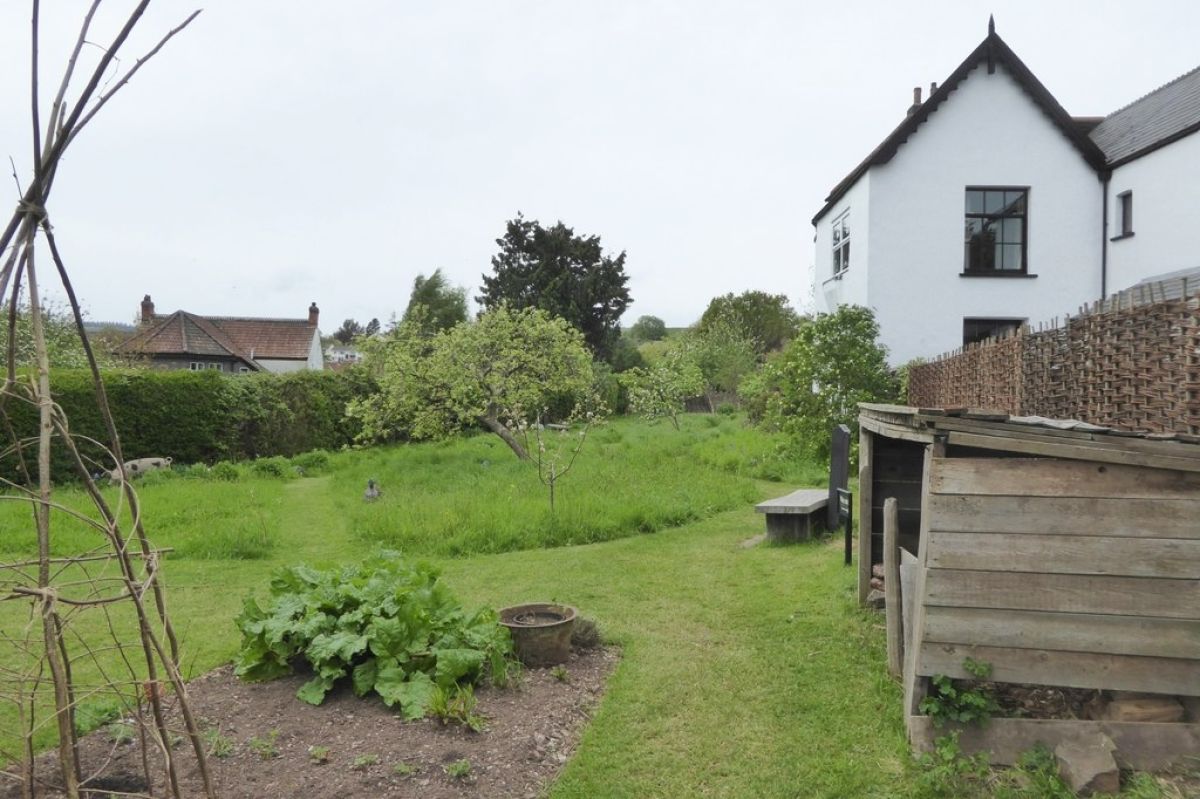By the beginning of the 18th century, the ideas of the philosopher Jean-Jacques Rousseau influenced British intellectuals. Many escaped to the British countryside to live an idyllic life among nature, away from the demands of society. They, or rather their staff, grew their own food, had dairies and poultry yards, and lived a simple life enjoying nature…though, of course, mostly the servants did the work!
William Wordsworth, for example, lived in Dove Cottage in the Lake District. He and his sister Dorothy actually worked in their garden themselves. They got seeds for columbines and buttercups from neighbors, and Dorothy's journal reflects the joy she experienced seeing the roses and honeysuckle on the white-washed walls of their cottage.
Samuel Taylor Coleridge and his family lived in a cottage in Somerset and kept livestock and grew vegetables, though reportedly weeds grew wildly in his garden.
By the early 19th century, Jane Austen was a country girl and has one of her characters in Sense and Sensibility extol the virtues of building a country cottage. Indeed, at that time in England, many quaint new cottages were built surrounded by plantings of fruit trees, honey suckle, ivy, and all kinds of flowers to create intentionally romantic gardens.
This is Moya Andrews, and today we focused on romantic gardens.










